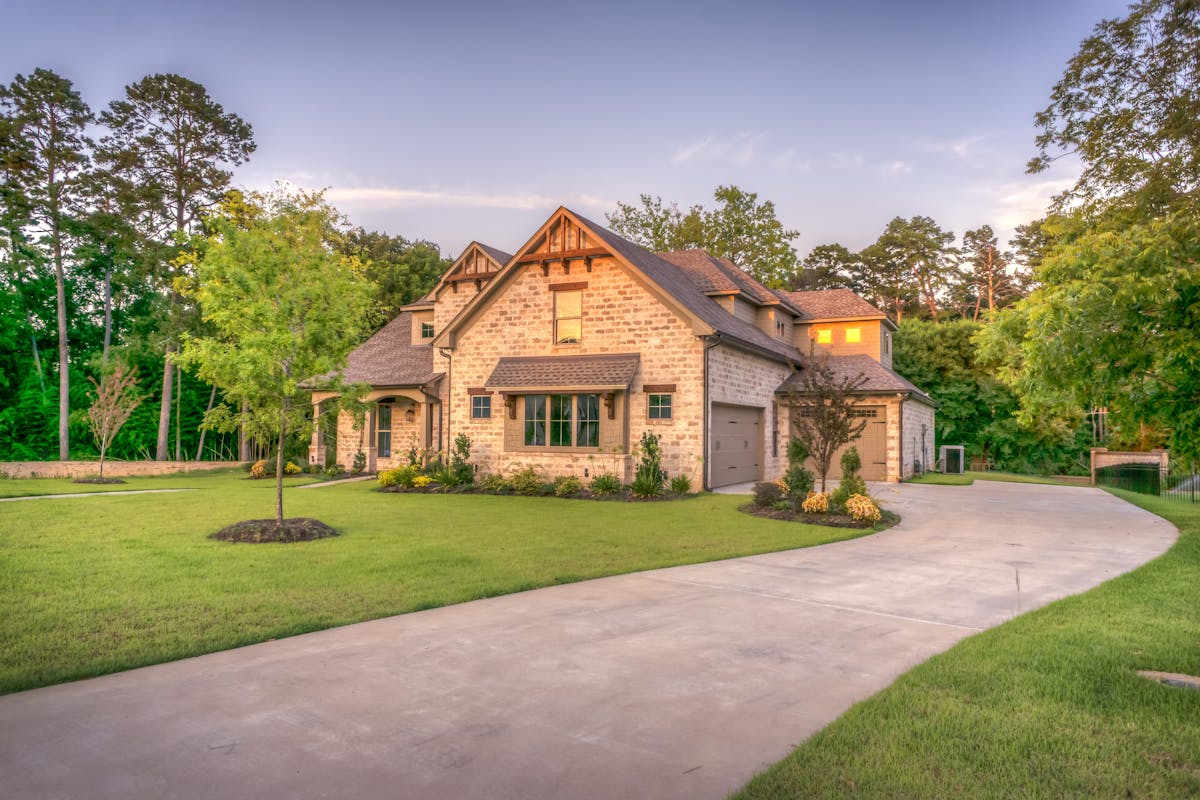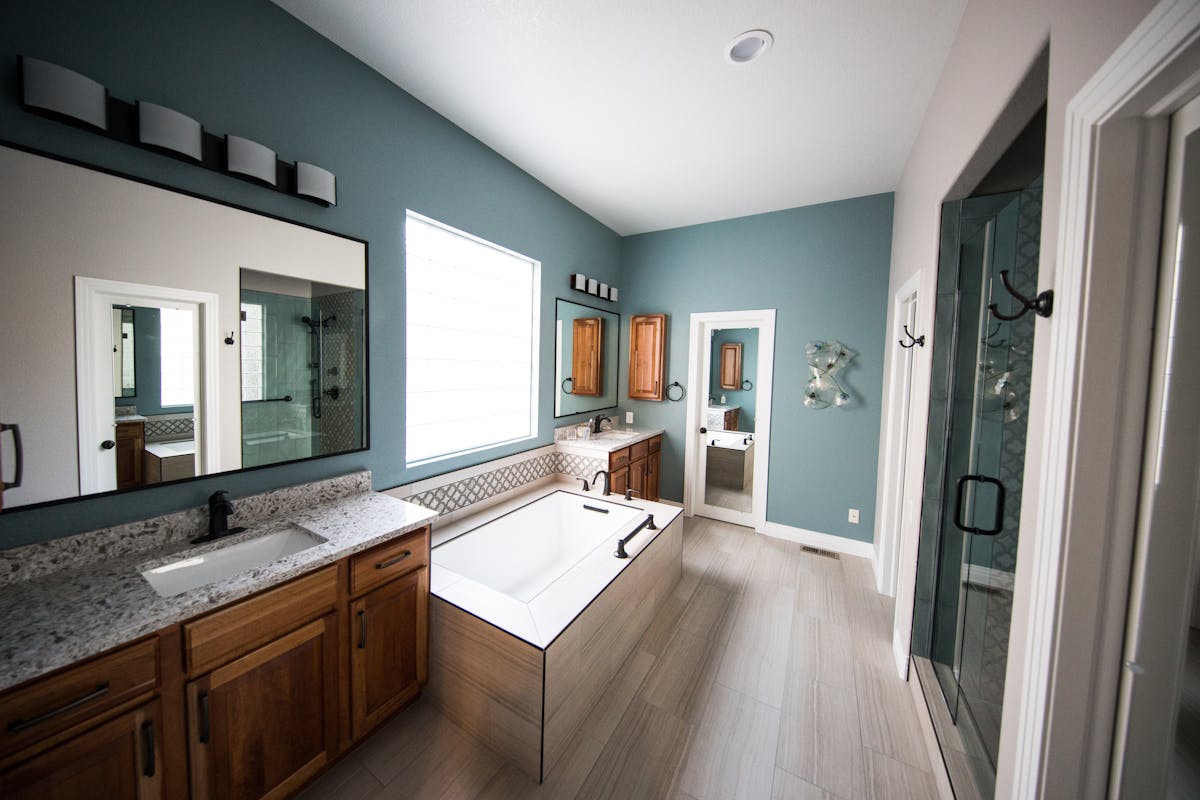Ensuring the safety and health of your home environment is more than a necessity; it’s a commitment to the well-being of everyone who lives there. From the air we breathe to the water we drink, every aspect of our home can contribute to our overall health. This article outlines practical measures homeowners can take to significantly enhance the safety and health of their living spaces.
Air Quality Improvements
Indoor air quality is a crucial component of a healthy home. Poor air quality can lead to respiratory problems, allergies, and other health issues. One effective way to combat this is by using air purifiers, which can remove pollutants and allergens from the air. Maintaining your HVAC system also ensures it is not a source of contaminants and that it operates efficiently. Regularly changing filters and scheduling maintenance checks are simple steps that can have a profound impact on air quality. It’s also beneficial to ensure proper ventilation, especially in areas like kitchens and bathrooms where moisture and odors accumulate. Opening windows when weather permits can introduce fresh air and help flush out pollutants.
Roof Restoration
Roof restoration is a critical aspect of maintaining a safe and healthy home environment. The roof protects your home from environmental elements, contributing significantly to overall home safety and energy efficiency. Over time, wear and tear can compromise a roof’s integrity, leading to potential leaks or insulation issues that can affect your home’s temperature regulation and increase energy costs. To address these issues effectively, hiring a skilled roofing contractor like Southern Pro Restoration is essential. They specialize in assessing and repairing roofs to ensure they provide maximum protection and efficiency for your home.
Safe Water Systems
Water quality in the home is another significant health concern. Contaminants such as lead, chlorine, and bacteria can pose serious health risks. To ensure your water is safe, consider installing a whole-home water filtration system or under-sink filters in key areas. These systems can remove a wide range of contaminants, providing peace of mind and significantly safer water for drinking and cooking. It’s wise to have your home’s water quality tested periodically, especially if you live in an area with older plumbing systems, to detect potential problems before they become health risks.
Maintaining a Mold-Free Environment
Mold growth in the home is not only unsightly but also a serious health hazard, particularly for those with asthma or allergies. Preventing mold involves controlling moisture levels in your home. Use dehumidifiers in damp areas, ensure that bathrooms are well-ventilated, and fix leaks promptly. However, if mold is already present, it may be necessary to call in professionals to safely remove it and prevent its return.
Chemical and Toxin Reduction
Many common household items, from cleaning products to synthetic furnishings, emit volatile organic compounds (VOCs) and other toxins that can compromise air quality and health. Opting for natural cleaning products or those labeled low-VOC can significantly reduce your exposure to these harmful chemicals. When purchasing new furniture or renovating, look for materials that do not contain harmful chemicals. This consideration can be crucial in maintaining a toxin-free home environment.
Enhancing Home Security
While the focus on health and safety often leans towards environmental factors, physical security is equally important. A secure home can prevent unauthorized entry and reduce the risk of theft or harm. Installing a robust security system, ensuring that all locks on doors and windows are strong and functional, and maintaining good visibility around your property are all effective strategies. Motion-sensor lights, security cameras, and modern alarm systems not only deter potential intruders but also give residents a greater sense of safety.
Fire Safety Measures
One of the most vital safety precautions in any home is fire safety. Residential fires can lead to devastating losses, but many are preventable with the right measures in place. Installing smoke detectors in key areas of your home, including near bedrooms and in the kitchen, is the first line of defense. These should be tested regularly and batteries replaced annually to ensure they are always operational. In addition, having readily accessible fire extinguishers—and ensuring all family members know how to use them—can make a critical difference in the event of a fire. Creating a fire escape plan and practicing it with all household members ensures everyone knows how to exit safely and quickly should a fire occur.
Childproofing for Young Families
For homes with young children, safety is an essential concern that extends into every room. Childproofing involves securing potentially dangerous items such as medicines, cleaning agents, and sharp objects. Anchoring heavy furniture and appliances to prevent tipping, installing safety gates at stairways, and covering electrical outlets are essential steps to protect curious toddlers. Ensuring that toys are age-appropriate and free of harmful materials also contributes to a safer environment for young children.
Emergency Preparedness
Beyond the day-to-day safety measures, being prepared for emergencies such as natural disasters, power outages, or medical emergencies is crucial. This requires putting together an emergency kit filled with critical items such as water, non-perishable food items, first-aid materials, flashlights, and batteries. It’s important to have a family emergency plan that everyone understands, detailing how to communicate and where to meet if separated. Staying informed about local emergency procedures and participating in community safety programs can further enhance your preparedness and response capabilities.
Technological Enhancements
Incorporating technology can further enhance home safety and health. Smart home devices such as carbon monoxide detectors, water leak sensors, and automated lighting systems not only provide convenience but also a significant safety boost. These systems can alert homeowners to potentially dangerous situations in real-time, allowing for immediate action to prevent accidents or damage.
A Commitment to Home Safety
Creating a safe and healthy home environment is a multifaceted endeavor that involves more than just addressing immediate risks. Homeowners are encouraged to continually evaluate and update their safety practices, staying informed about new products and technologies that can enhance home safety and health.
By committing to these practices, homeowners can create a living space that ensures the safety, health, and happiness of all its inhabitants, making the home a true sanctuary in every sense of the word.





